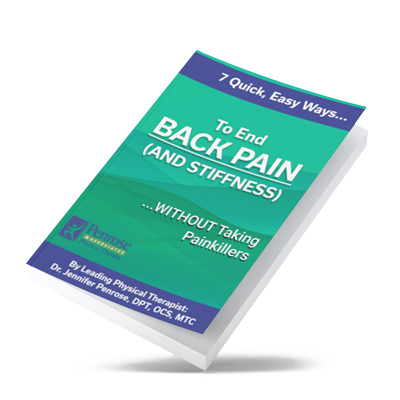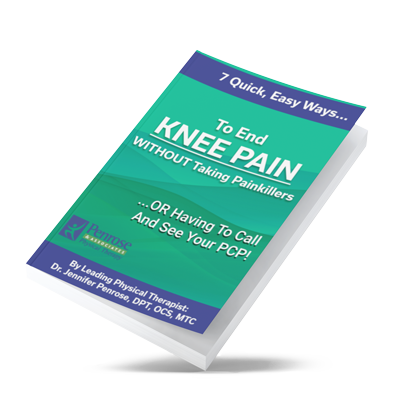Now that we have spent some time discussing what may be causing pain, let’s specifically talk about pain! Unfortunately, just because you may have pain, it doesn’t mean we’ll know the root of the problem. And to make it even more complicated, the onset of pain can be delayed by several days and even weeks from the initial injury. This can be super frustrating to figure out what is wrong, how to fix it, and how to prevent it from happening again.
I’d like to share a common story relating to shoulder pain that was shared with me from a past patient of mine, I’ll refer to him as Bill moving forward. Bill mentioned he first noticed a slight ache in the top of his shoulder that steadily increased over a couple weeks. He also didn’t recall doing anything that may have specifically caused the ache. However, he did mention that he had completed some yard work that required some overhead activity weeks before noticing any pain. At first, Bill felt he fatigued fairly quick prior to feeling the slight ache at the top of his shoulder. This is a common story from the majority of the patients I see who have shoulder pain. The key point from this story being, Bill had completed some overhead activity that he does not do on a regular basis which caused the flare-up a few weeks later.
So, why does this happen? The shoulder is a very mobile joint and it has approximately 18 muscles that influence the shoulder and shoulder blade. The shoulder joint also has four key muscles that provide stability at shoulder height and above and we refer to them as the rotator cuff. Unfortunately the design of the rotator cuff has a poor blood supply to the tendon portion and this gets worse as we age. This part often gets “pinched” in the shoulder when working at shoulder height or above. This pinch can happen for various reasons but it is most common when we are tight in certain areas of our chest. Those tight muscles tend to pull our shoulders, and posture, forwards. Which brings us to the question, how does this happen?
It all comes back to stretching! If you do not stretch and keep your shoulders, thoracic spine (upper back) and chest mobile, you will likely have limited range of motion in the shoulder. This creates an opportunity for pinching of tendons when working at shoulder height and above. Tightness can also develop over time from poor posture habits. However, to be clear, not stretching can be one of many factors that play a role in shoulder pain. For example, bone spurs and arthritis are some other common factors we deal with when it comes to seeing patients with shoulder pain and/or limited range of motion. Any of these three factors can cause you pain when moving in certain ways and that “pinch” you may get creates rubbing and friction on the tendons and bursae within the shoulder joint. And to make things worse, any repeated motions will increase the friction and pinching on the tendons leading to gradual tearing over time. If you do currently have shoulder pain, my goal is not to scare you with talking about bone spurs and tendons tearing but rather make it clear that finding the root of your pain on your own can be complicated!
Let’s revisit Bill’s story. Once we evaluated his movements, joint stiffness, muscle flexibility, and strength, we were able to rule out his pain was not coming from his neck (using special orthopedic tests). Instead, we found he had increased tightness throughout his chest, upper back, neck, and shoulders. He needed some hands-on mobilizations that helped release some stiffness and then he was given ways to work on those at home without causing joint pain or worsening of symptoms. His medical diagnosis was “impingement” and “rotator cuff strain” but we outlined all the muscles involved and what he could do to fix it and prevent it from coming back. Initially, Bill’s first 4-6 visits focused on pain relief.
The next 4-6 visits were focused on “restore” which involved more aggressive range of motion, stretching, and also improving the strength and coordination of the rotator cuff and shoulder blade muscles. We also covered lifting and reaching in ways that would not irritate the shoulder as much and emphasized long term success and prevention!
I hope you can see that when you think you haven’t done anything lately you may need to go back in time and really look at your posture or flexibility, and understand the shoulder is often irritated easily from overhead activities. The rotator cuff needs special hands on care when irritated and the right exercises to keep it working for life. We are happy to help!
The author, Jennifer Penrose, is a Physical Therapist and owner of Penrose Physical Therapy. If you have any questions about neck and shoulder pain, you can call (360) 456-1444 or email info@penrosept.com.






